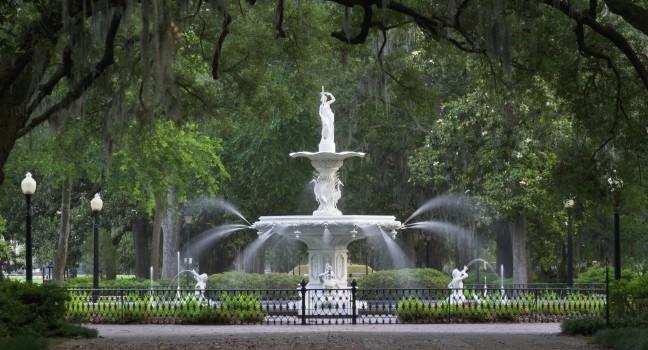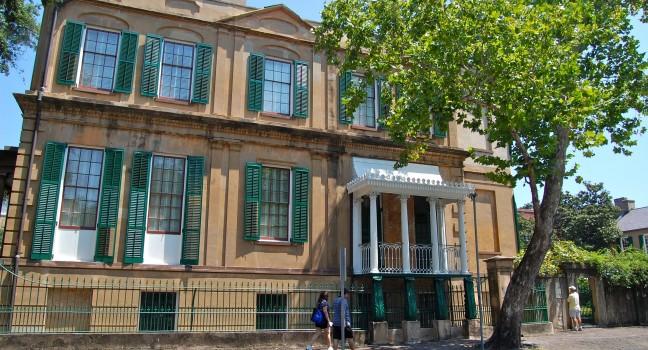A visit to Chickamauga and Chattanooga Military Park could easily take all day—or multiple days. The park spans the borders of Georgia and Tennessee, with major sites at Chickamauga, Lookout Mountain, Missionary Ridge, Orchard Knob, and Signal Point. Overall, there are more than 1,400 commemorative features throughout the park including monuments, markers, and tablets placed by veterans and by states whose citizens saw combat here. Start at Chickamauga Battlefield, the park's headquarters, which makes up the largest part of the park. It was here on September 19–20, 1863 that the Battle of Chickamauga was fought. To the war-weary people and soldiers of the Confederacy, it was a morale-boosting victory on the heels of terrible losses at Gettysburg and Vicksburg only months before. To the equally fatigued Union states, it was an important test of their supply center in Chattanooga, Tennessee. The battlefield contains monuments and markers that indicate significant places like Horseshoe Ridge and Snodgrass Hill in the story of the battle. About 30 minutes north of Chickamauga, Lookout Mountain Battlefield and Point Park is a memorial park that overlooks the city of Chattanooga.






